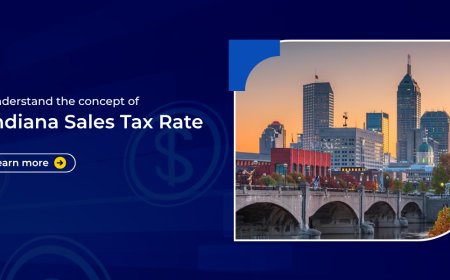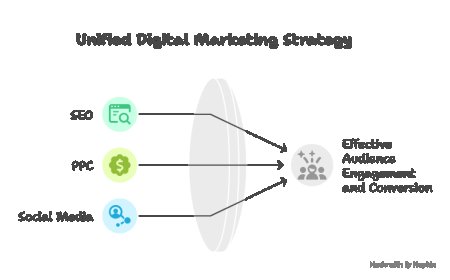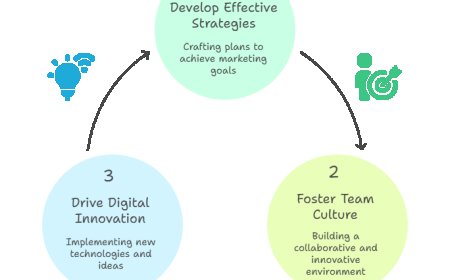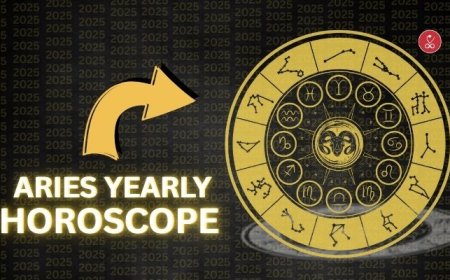Key Regulatory Changes for the Compliance Executive

In todays increasingly complex business environment, the role of the Compliance Executive has become more critical than ever. Regulatory landscapes across industries are shifting, driven by technological innovation, global crises, ESG priorities, data privacy concerns, and geopolitical instability. These changes present not only compliance challenges but also strategic opportunities for organizations aiming to stay ahead of regulatory scrutiny while safeguarding their reputations.
This article explores the most impactful regulatory changes that every Compliance Executive must be aware of in 2025 and beyond. If you're looking to strengthen your compliance framework or develop a proactive regulatory strategy, this guide will help you Find Out More, check over here, and go right here for actionable insights.
1. Heightened Data Privacy and Cybersecurity Regulations
With data breaches and ransomware attacks continuing to make headlines, regulators worldwide have intensified data privacy and cybersecurity laws. The General Data Protection Regulation (GDPR) remains a global benchmark, but newer frameworks like the Digital Operational Resilience Act (DORA) in the EU and state-specific laws such as the California Consumer Privacy Act (CCPA) and California Privacy Rights Act (CPRA) in the U.S. are raising the bar.
Key Implications for Compliance Executives:
- You must ensure that your organizations data handling processes are aligned with the latest jurisdictional requirements.
- Regular cyber risk assessments, third-party vendor checks, and employee training are now essential parts of a modern compliance program.
- Non-compliance may result in hefty fines, litigation, and reputational damage.
For a detailed checklist on compliance readiness, check over here to stay current with cybersecurity mandates.
2. The Rise of ESG-Related Regulations
Environmental, Social, and Governance (ESG) considerations are no longer optionalthey are mandatory disclosures in many regions. Regulatory authorities, including the U.S. Securities and Exchange Commission (SEC) and European Securities and Markets Authority (ESMA), are pushing companies to provide transparent ESG reporting.
Compliance Executive Takeaways:
- ESG reporting must be accurate, auditable, and traceable. Greenwashing is now a regulatory risk.
- Supply chain due diligence is part of ESG compliance. Companies must trace environmental and labor practices down the value chain.
- Non-financial disclosures are increasingly being integrated with financial filings.
To implement ESG frameworks effectively, Find Out More about tools like the Global Reporting Initiative (GRI) and the Task Force on Climate-related Financial Disclosures (TCFD).
3. Global Expansion of Anti-Money Laundering (AML) Rules
Governments and intergovernmental organizations such as FATF (Financial Action Task Force) are expanding the scope and stringency of AML compliance. Recent developments include:
- Broadened definitions of politically exposed persons (PEPs)
- Stricter beneficial ownership transparency
- Enhanced due diligence for high-risk jurisdictions
For the Compliance Executive, this means:
- Integrating advanced technology like AI for transaction monitoring and suspicious activity reporting (SARs)
- Periodically updating customer risk assessments and Know Your Customer (KYC) protocols
- Aligning internal AML frameworks with cross-border regulatory expectations
4. Evolving Workplace Compliance and Labor Law Reforms
Post-pandemic workforce shifts have led to regulatory updates in employee rights, workplace safety, and hybrid work models. In countries like the U.S., the Department of Labor (DOL) and Equal Employment Opportunity Commission (EEOC) have updated guidance on:
- Remote work accommodation and monitoring
- Pay transparency and wage equity
- Whistleblower protections and retaliation
Compliance Executives need to:
- Revise employee handbooks, employment contracts, and internal grievance mechanisms
- Strengthen internal reporting channels and training on diversity, equity, and inclusion (DEI)
- Monitor regulatory developments in multiple jurisdictions if the workforce is global
5. Technology-Driven Compliance: AI, Blockchain, and RegTech
As regulators themselves adopt AI for monitoring and enforcement, businesses must follow suit to manage compliance effectively. Emerging technologies are changing the game:
- AI-powered monitoring tools help detect anomalies and potential breaches in real-time.
- Blockchain offers transparent and tamper-proof audit trails, especially valuable in supply chain and financial compliance.
- RegTech (regulatory technology) platforms streamline compliance reporting and risk assessments.
Compliance Executives must not only adopt but also understand these technologies to:
- Justify investments to the C-suite
- Ensure ethical and unbiased use of AI tools
- Stay ahead of AI-related regulations, such as the EUs Artificial Intelligence Act
If you're considering integrating RegTech into your compliance operations, Find Out More about top vendors and use cases in your industry.
6. Increased Regulatory Enforcement and Cross-Border Cooperation
Gone are the days when regulatory penalties were isolated. Today, cooperation among global regulators is on the rise. Joint investigations, cross-border data sharing, and coordinated enforcement actions are the new norm.
For example:
- The U.S. SEC and DOJ have partnered with European regulators on bribery and insider trading cases.
- The UK's Financial Conduct Authority (FCA) collaborates with U.S. authorities on crypto-related fraud.
The Compliance Executive must:
- Monitor regulatory updates not only locally but also in key operational markets
- Coordinate with legal teams on international legal risks
- Prepare for potential simultaneous multi-jurisdictional audits
Go right here to explore global enforcement trends and how to build a scalable, internationally compliant framework.
Final Thoughts:
As regulatory change accelerates, the Compliance Executive evolves from a rule enforcer to a strategic advisor. You must balance the dual imperatives of protecting the organization from risk while enabling innovation and growth.
To thrive in this role:
- Stay current through continuing education and certifications
- Invest in integrated compliance technology platforms
- Collaborate with other departments including IT, HR, Legal, and Operations
With the right strategy and foresight, Compliance Executives can transform regulatory change into a competitive advantage. Whether you need to refresh your compliance roadmap or are developing a risk-forward operating model, dont hesitate to Find Out More, check over here, or go right here for tools, templates, and expert guidance.


























